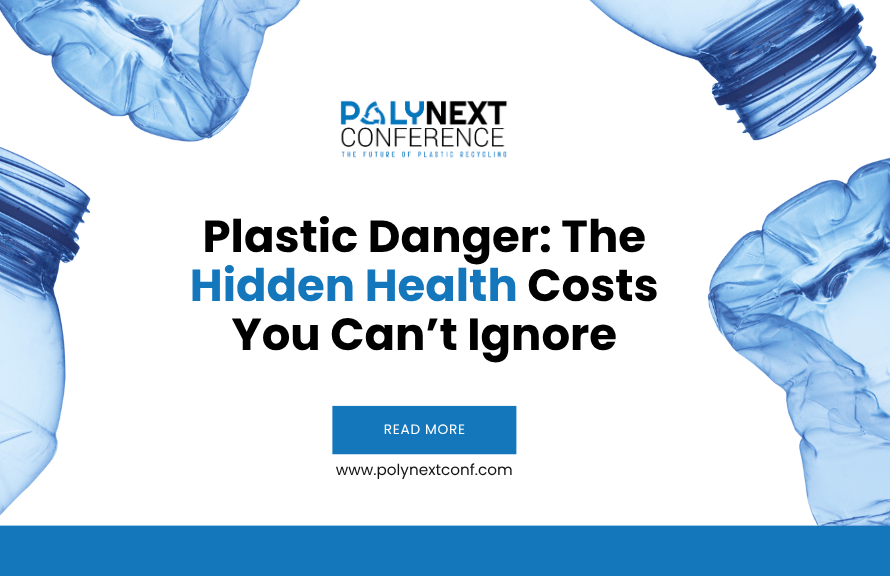Plastic has become embedded in our daily lives—from packaging and clothing to electronics and household goods. Yet behind this convenience lies a growing threat: plastic pollution is no longer just an environmental issue—it is now a human health crisis. From the water we drink to the air we breathe, microplastics and plastic-associated chemicals infiltrate our bodies, raising urgent concerns.
Microplastics in Everyday Life
Scientists estimate that the average person ingests the equivalent of one credit card per week in microplastics . These particles are found in bottled water, seafood, salt, fruits, and vegetables—creeping into our bodies through ingestion and inhalation.
2025 World Economic Forum study estimates that each person consumes between 78,000 and 211,000 microplastic particles per year . Moreover, a systematic review found that microplastics have been detected in blood, lungs, liver, colon, placenta, breast milk, semen, and even amniotic fluid—showcasing the alarming pervasiveness of this contamination .
But beyond their widespread presence, what do these tiny plastics mean for our health?
Health Risks Linked to Plastic Exposure
Plastics contain thousands of chemical additives—many linked to serious health issues when they degrade into microplastics or nanoplastics:
Endocrine Disruption: Substances like
Bisphenol A (BPA) and phthalates can mimic hormones, leading to reproductive problems, developmental delays, and metabolic disorders .
Digestive, Reproductive, and Respiratory Hazards: A December 2024 review concluded that microplastics are suspected to harm the digestive tract (including colon cancer risk), reproductive health, and respiratory system .
Neurological Effects: A recent study in mice exposed to microplastics found changes in behavior and memory, particularly in those genetically predisposed to Alzheimer’s-like symptoms.
Cases That Hit Close to Home
In Indonesia, coastal communities consuming local seafood often ingest microplastic fragments that bioaccumulate in marine organisms—exposing people to sustained plastic intake.
In India, researchers have detected microplastics in tap water from major cities, stirring alarm over drinking safety.
In the United States, The Centers for Disease Control and Prevention (CDC) has found BPA in the urine of over 90% of Americans, indicating widespread exposure.
What’s New: Emerging Insights (2024–2025)
A 2025 Global Trend Report warned that plastic production has surged over 200-fold since 1950, with health-related costs reaching at least US $1.5 trillion annually—impacting people from infancy to old age .
Another study showed that 220 million tonnes of plastic waste were generated in 2024, averaging 28 kg per person, and that one-third (69.5 million tonnes) was mismanaged and released into the environment .
Can Recycling & Innovation Reduce the Risk?
While personal choices—like avoiding single-use plastics and using glass or steel containers—can lower exposure, large-scale systemic changes are essential. Recycling is part of the solution, but traditional methods have limits.
Encouraging innovations include:
Chemical recycling, which breaks down plastics into reusable raw materials.
Bioplastics, compostable alternatives for packaging.
Deposit-return schemes, already proven successful in parts of Europe. For example, Germany’s bottle-return program achieves a recycling rate of over 90%, drastically cutting plastic leakage and setting a model for other nations.
These approaches show that with the right mix of innovation and policy, the plastic problem can be tackled at its root.
Conclusion
Plastic exposure is no longer invisible—it’s a real and growing threat to human health. From endocrine disruption and cancer risks to neurological consequences and immune stress, the impact is multi-faceted and profound. While individual actions help, meaningful progress depends on bold innovation and policy.
As research deepens and innovation accelerates, the coming decade will be decisive in determining whether plastics remain a silent threat or become a catalyst for sustainable transformation.
Looking ahead, platforms like PolyNext will play a pivotal role—uniting researchers, innovators, and industry leaders to design the next generation of solutions in recycling, materials innovation, and circular economy practices. By shaping conversations today, PolyNext is laying the groundwork for a healthier, plastic-resilient tomorrow.




